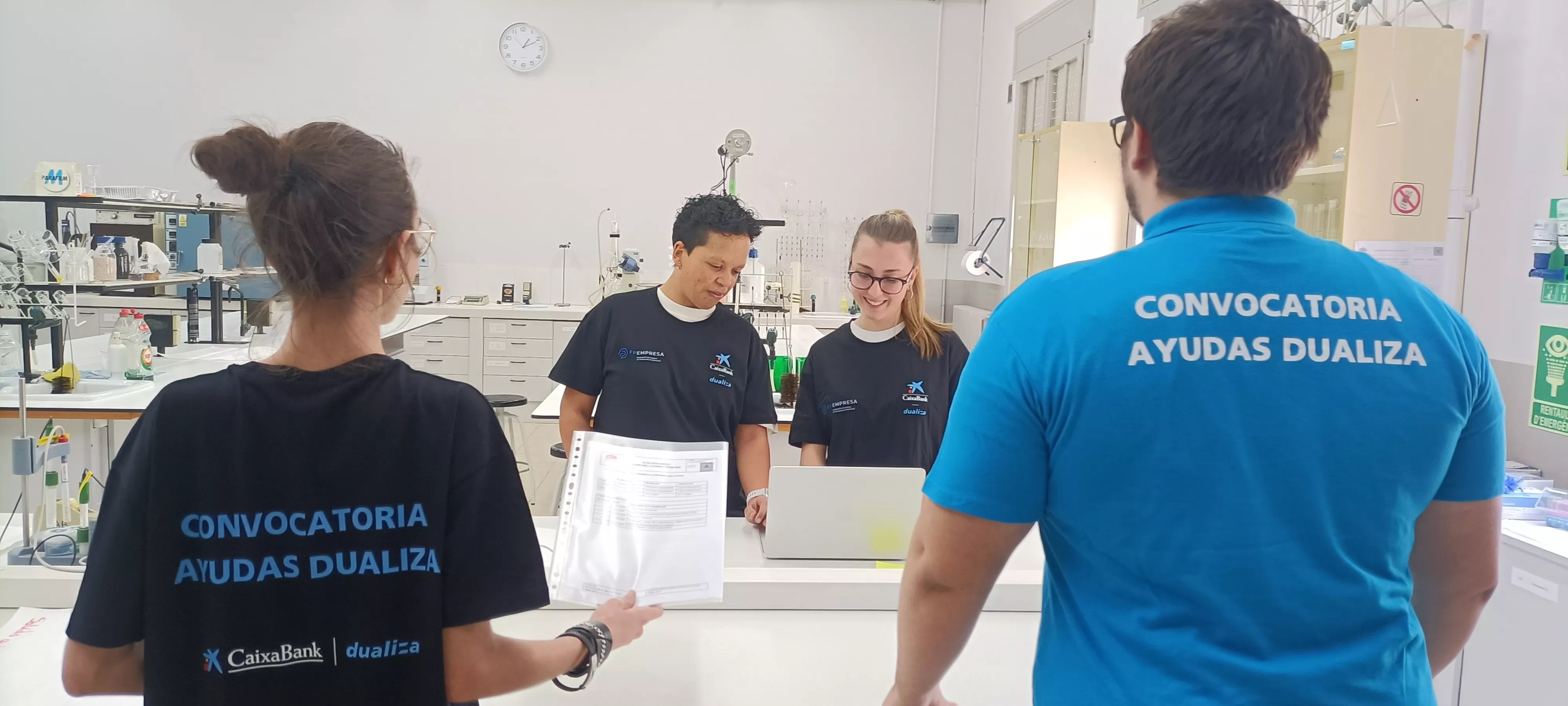
AENA has launched a new public tender for ground handling services for 43 airports, including the two Tenerife airfieldsand the two heliports in the network for a period of seven years, as reported in a statement.
Thus, 41 licenses will be tendered in 21 lots for assistance to third parties in the category of handling of ramp and will have a duration of seven years.
Adolfo Suárez Madrid-Barajas, Josep Tarradellas Barcelona-El Prat, Palma de Mallorca, Málaga-Costa del Sol and Alicante Elche Miguel Hernández airports will renew their three licences. Meanwhile, Gran Canaria, Tenerife SouthValencia, Ibiza, Seville, Cesar Manrique-Lanzarote, Bilbao, Tenerife North-City of La LagunaFuerteventura and Menorca will continue to have two licenses each.
The rest of the airports are grouped into three lots that represent three licences, to which must be added the one for the Ceuta and Algeciras heliports and the two cargo licenses for the Zaragoza and Vitoria airports.
This contest brings together, among other tasks, baggage assistance, assistance with operations on the runway and assistance with cargo and mail with regard to their physical handling between the airport terminal and the aircraft.
The procedures for the contest began in 2021 and, after the mandatory period of external consultations and the incorporation of various comments and proposals to the draft specifications, AENA began a second extraordinary period of consultations with the sector.
As the airport operator has clarified, once the tender has been resolved, it will be the airlines that contract the services of the agents of handling that are awarded.
In 2019, the turnover of these services was 690 million euros, which generate a volume of employment in Spain of 22,000 workers, according to Aseata.
News of the contest: innovation and sustainability
Among the main novelties of the contest, AENA has introduced sustainability criteria that the new agents of handling of ramp.
These criteria include a maximum media age (10 years for planters and 12 for the rest); a minimum percentage of sustainable vehicles and equipment, which would increase annually from the current 23% to 78% in 203, in addition to a minimum percentage of electric vehicles and equipment, which would grow annually from the current 23% to 49% in 2030; and promoting the sharing of equipment.
















